Having followed the progress of the People’s Republic of China for more than half a century, it is disquieting to now find the atmosphere between Americans and Chinese so stubbornly cool. Indeed, in certain key ways there was a greater sense of optimism and trust aloft in the land during the years following President Nixon and National Security Advisor Henry Kissinger’s path-breaking trip to visit Mao Zedong and Zhou Enlai in 1972 than now. And the two countries were then just emerging from a long interregnum of outright hostility.
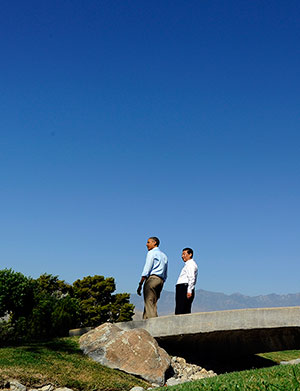
In the last two years, both Vice President Biden and President Obama have met with President Xi Jinping, the latter in a much ballyhooed informal “shirt sleeve” session at the Annenberg Foundation Trust at Sunnylands in 2013. But very little real personal chemistry or warmth has ever been generated. Not since 1998 when Jiang Zemin and Bill Clinton held their summit cum free-form joint press conference in the Great Hall of the People broadcast live all across China has there been any hint that leaders from the two countries actually enjoyed sharing each other’s company. When Hillary Clinton first became Secretary of State, she made a substantial effort to build personal rapport with her Chinese counterparts, but largely failed. John Kerry has been too preoccupied in the Middle East to try, while National Security Advisor Susan Rice only made her first trip to China last fall.
It is true that “the relationship” has been fortified over the years not only by an abundance of grand declarations from both sides emphasizing common interest, win-win strategies, and the need for joint solutions to global problems, but numerous presidential summits, an ongoing Strategic and Economic Dialogue, many cabinet-level interactions, and other forms of exchange that have built some real musculature between the two governments. Yet despite these intervening decades of confidence-building efforts, we still find ourselves in a limbo where levels of suspicion and mistrust persist like a debilitating sub-clinical infection. Indeed, it is hard to think of another time—the postlude to the Beijing Massacre in 1989 excepted—when the overall climate was quite so ambivalent. A July 2014 Pew Research Center survey on global attitudes towards China found that only 35% of Americans have a positive view, while 55% have a negative one. And it was doubtless such wariness that early on lead President Obama to declare his “pivot to Asia,” a move that Beijing denounced as a punitive return to Cold War containment.
Two Way Street
05.12.15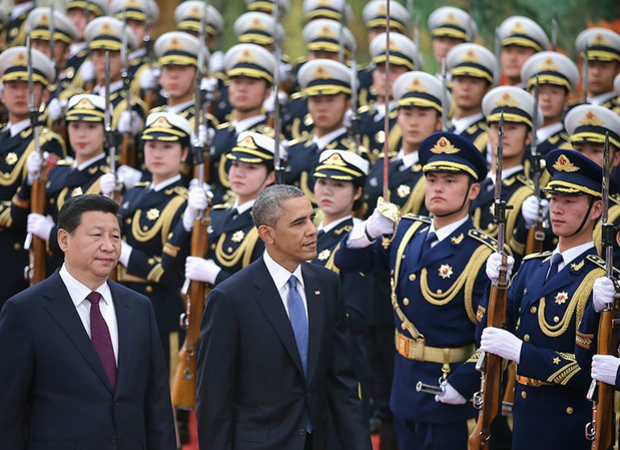
We Need to Stay Coolheaded
from Two Way StreetOne might have thought that considerable Chinese success would have engendered a more self-confident, open, and magnanimous Chinese leadership. After all, its economy has grown at 10% for three decades as its GDP has grown from only $147 billion in 1979 to $9.24 trillion in 2013. At the same time, it has succeeded in establishing a truly global footprint. But Xi Jinping has moved in the opposite direction. Domestically, he has cracked down on the Internet, media outlets, civil society organizations, universities, and advocates of political reform. Abroad, he has adopted a much more aggressive policy toward neighbors, generating alarm, and even animosity, towards China’s rise. None of this has helped warm the atmosphere between the U.S. and China. Indeed, what is now so striking is that there is presently no significant core constituency in America still well-disposed towards China. Whereas U.S. businessmen once comprised a core of support for no-fault relations, now some 60% of global CEOs polled by the American Chamber of Commerce in 2014 reported they felt less welcome in China than previously.
A recent trip to Washington with two colleagues gave a chance to take the temperature of U.S.-China relations as seen from the White House, Department of State, and U.S. Congress. Everywhere we found officials still committed to finding ways for the two countries to work together, but all evinced a beleaguered perplexity about why China was deporting itself so pugnaciously. Indeed, almost every official expressed deep concern over the way China’s new assertiveness—some described it as “truculence”— was thwarting a more cooperative relationship, even of achieving some version of the very goal Beijing purports to desire, namely, what Xi Jinping has called a “new type of great power relationship.”
The NYRB China Archive
09.23.99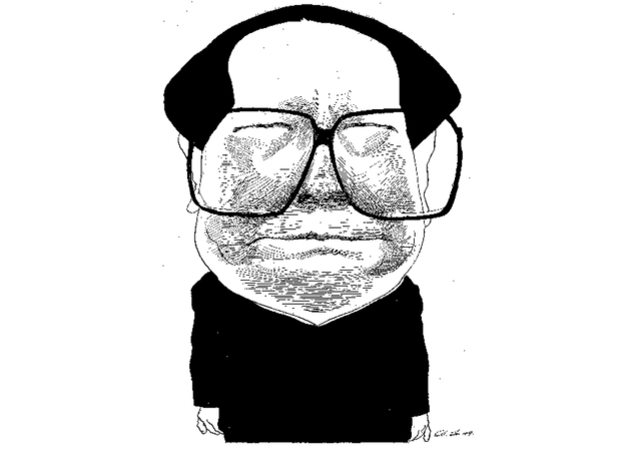
The Jiang Zemin Mystery
from New York Review of BooksThe logic of Chinese policy motivation (as understood by Chinese officials themselves), whatever it may be, has not been getting through very clearly to Washington, or anywhere else in America, for that matter. A lack of transparency may be at fault here, but the reality is that we are not sure why Beijing feels compelled to act so forcefully in the South China Sea, in the East China Sea toward the Diaoyu/Sengaku Islands, against foreign media outlets operating in China, and toward critics in Hong Kong, to name only a few areas of concern. In the absence of a better explanation, most Americans interpret such Chinese actions as forms of Putin-like brinksmanship. The verité that not all the wealth and power in the world can substitute for a genuinely cooperative spirit is one that is evidently too easy to overlook. The result has been a dangerous reservoir of negative sentiment pooling up, leaving one to wonder whether Chinese officials have a realistic idea of just how disaffected their American counterparts, including non-governmental American China specialists, have actually become. Alas, China’s grave lack of straight talk and transparency makes even that question hard to answer.
A recent Council on Foreign Relations report bluntly declared, “the United States should substantially modify its grand strategy toward China.” While everyone we met in Washington agreed that the U.S. should be more responsive to China’s increasingly confrontational posture in the world, almost to the person they understandably worried this would be perceived by Beijing as punitive retaliation and end up precipitating an unstoppable downward spiral of reaction and counter-reaction that would only end up impeding our ability to address critical common interests like climate change, pandemics, nuclear proliferation, and terrorism. Alas, as any seasoned diplomat understands, there are real dangers to being perceived as unwilling (or unable) to take action out of fear the other side will strike back. In this case, Beijing could too easily interpret such reticence as a sign of declining strength and, in short, acquiescence.
It is also true that Chinese leaders themselves protest confusion and bewilderment over certain U.S. policies. They ask, “What are your intentions with your Trans- Pacific Partnership, ‘pivot to Asia,’ and clumsy opposition to the Asian International Infrastructure Bank?” These are fair questions.
Whatever the reasons for this mutual coolness, it not only threatens our immediate ability to work together, but poisons the political atmosphere in which this crucial relationship must continue to live and breathe. Such a negatively charged climate certainly does not bode well for the future of this great power relationship.
Perhaps Chinese leaders have grown intoxicated by the prospect of enjoying, even flaunting, their country’s newly fledged wealth and power. After all, their century and a half of being forced to yield to the whims of “the great powers” was painful, so one can understand the appeal of finding the shoe on the other foot! But neither side should overlook how risky such indulgence can be, especially when it degrades the very climate in which a relationship between two such important countries is still trying to mature. Just as natural environments can become polluted, so the ecologies sustaining diplomatic relationships can also become toxic. The U.S. and China have not yet arrived at such a parlous state, but the trend line is worrisome.
Yes, official diplomatic structures remain in place that will keep meetings, negotiations, and crucial transactions going between the two countries. But it would be grossly negligent to assume that their existence means that nothing else is amiss. While I cannot speak for Chinese attitudes toward the U.S., I can speak to current American attitudes toward China, and there is a growing alarm over the feeling of dyspepsia, especially among the American foreign policy community. As the head of one prominent U.S. academic China center ruefully put it, “It is strangely the people who are closest to China who feel most alienated.” If this sourness of attitude remains unattended, it will inevitably constrain the U.S. and China not only from being able to collaborate on critical global problems now, but from building a more workable future.
At a recent think tank discussion on the South China Sea, after a Chinese legal scholar had eruditely limned his “strict constructionist” interpretation of how the U.N. Convention on the Law of the Sea left the door open for China to lay claim to many far flung (and contested) islands off the coasts of the Philippines, Vietnam, Malaysia, Borneo, and Indonesia, Peter Dutton, a professor from the U.S. Naval War College, raised his hand. Smiling and shaking his head as if the most obvious element in the discussion had gone missing, he said, “I hate to sound like a kindergarten teacher. But, what is it that they always say to the children in school? ‘Share and be nice.’”
For a moment the room fell silent. In a way that was at once simple but profound, he had deftly put his finger on a missing ingredient.
It is, of course, admittedly difficult for nations with such different political systems and values to generate the kind of collegial sentiment—friendship, camaraderie, goodwill, call it what you will—that is such an essential binding agent for countries called on to work closely together. Making matters even more difficult is the fact that Americans are allergic to Leninist one-party systems, while Chinese are equally allergic to the idea of being looked down on as a retrograde dictatorship in need of overthrow. Nor does it help that “sentiment” is not a currency in which hard-nose policy wonks like to trade. However, to dismiss its importance would be to overlook perhaps the most critical building block in diplomacy. And in Washington these days, such “sentiment” is running ominously dark.




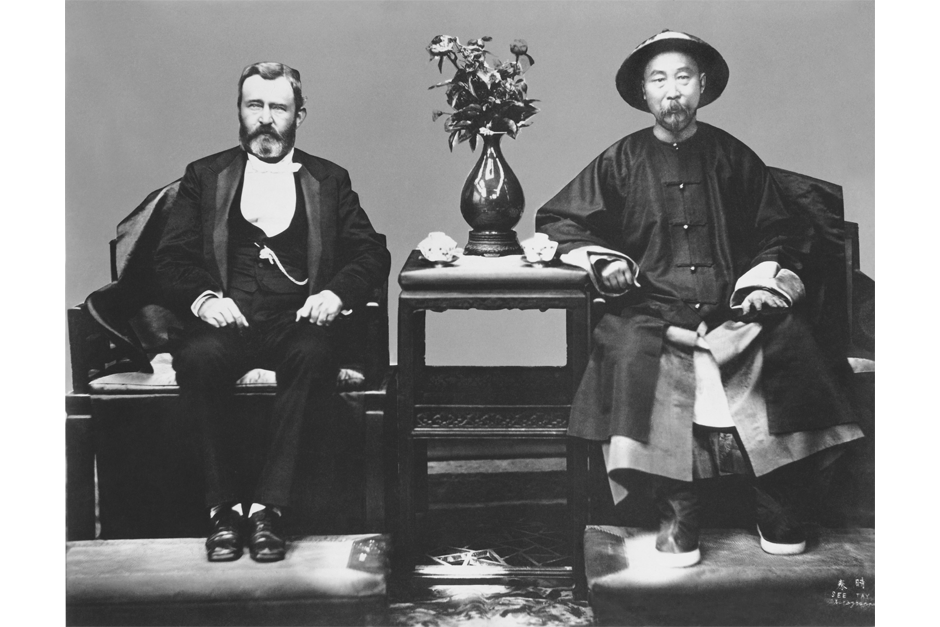
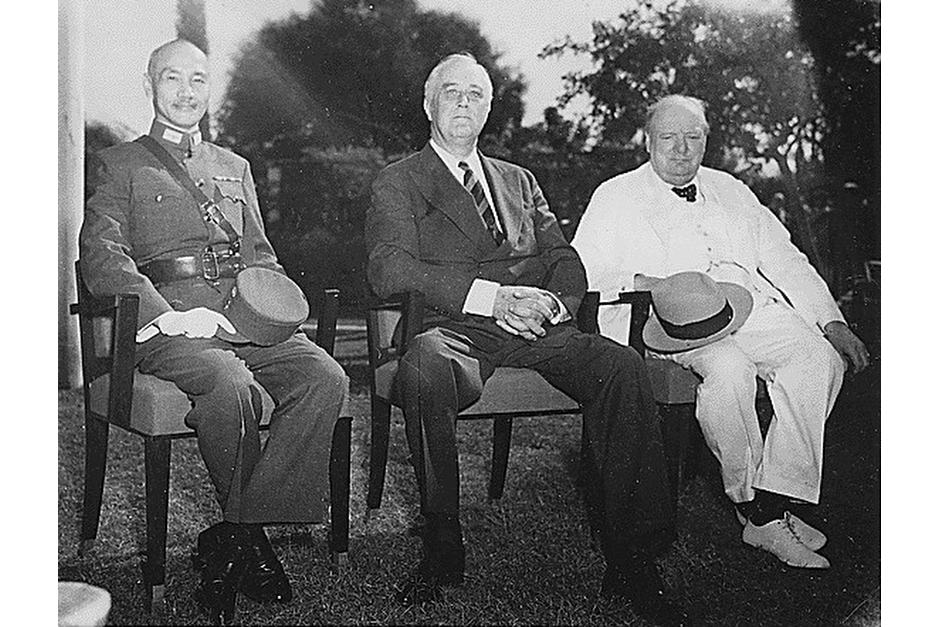
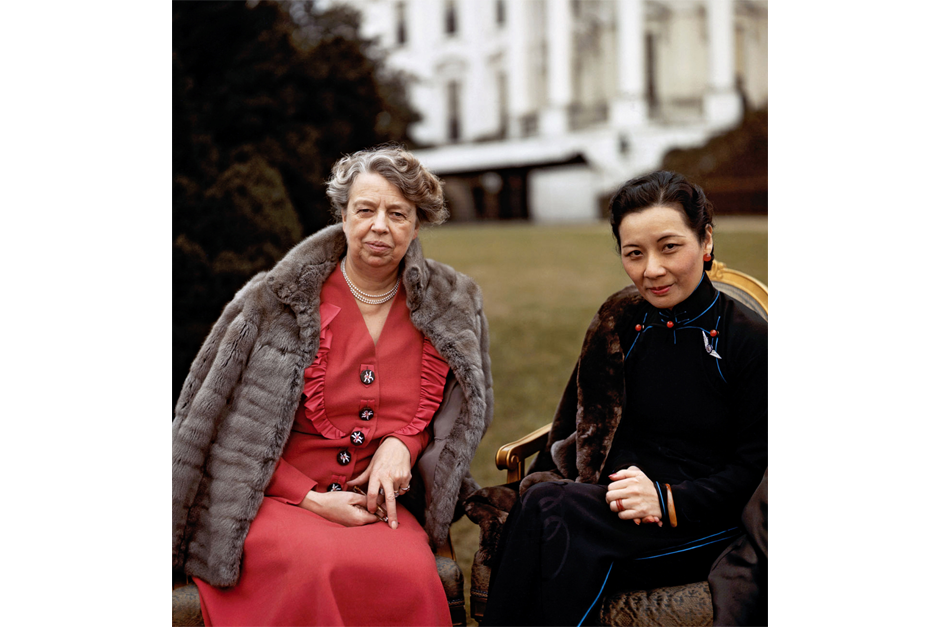
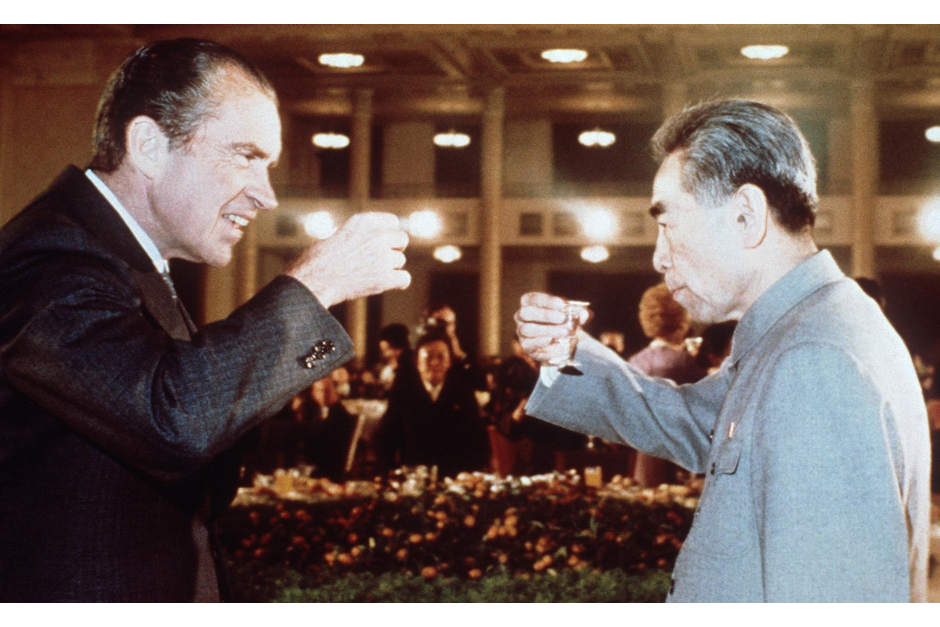
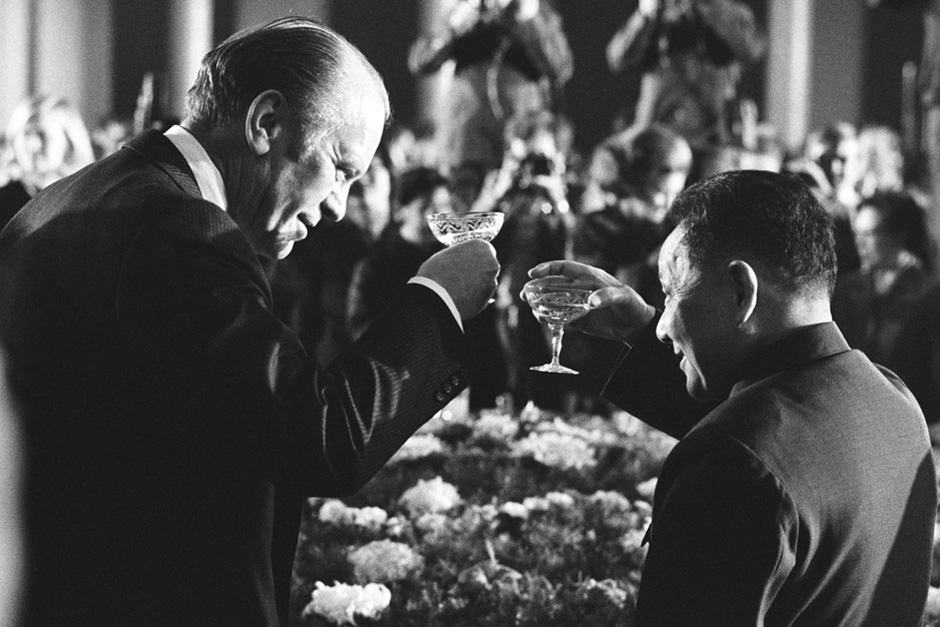
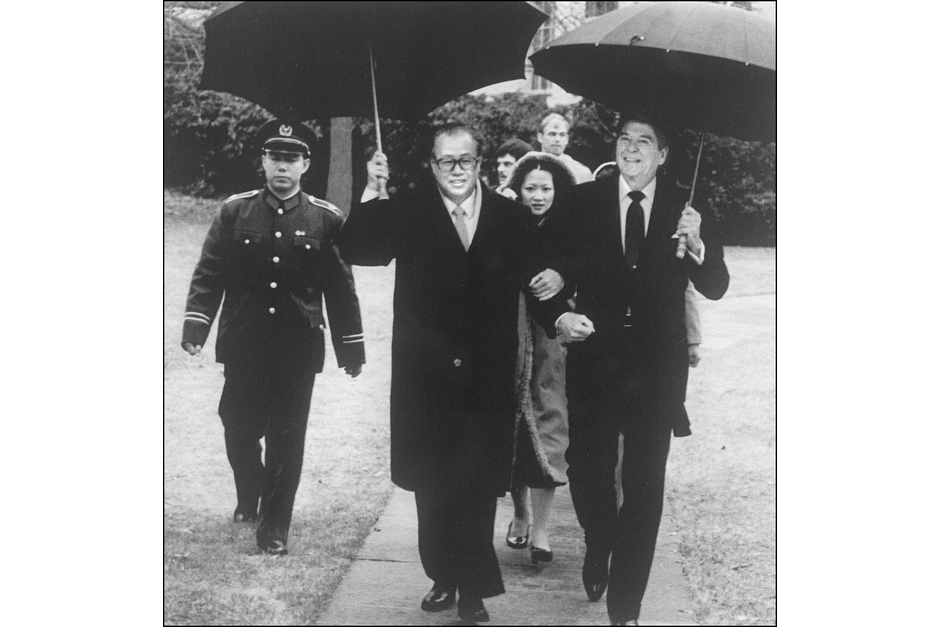
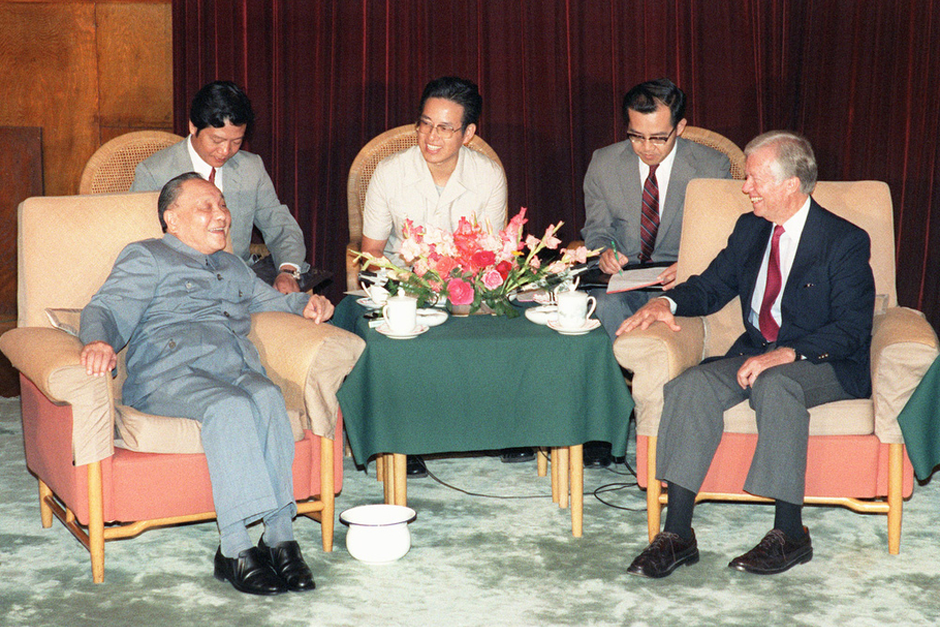
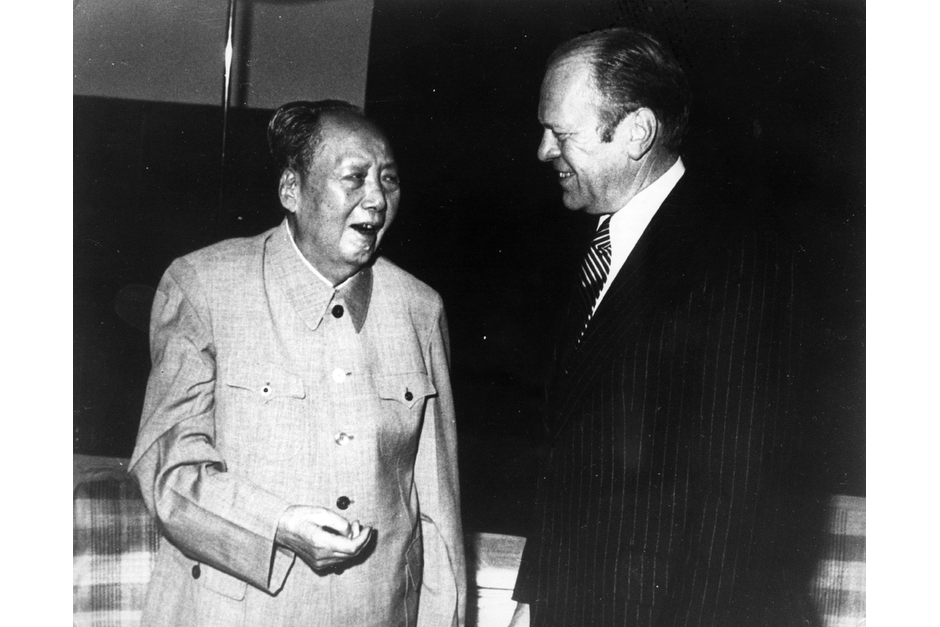
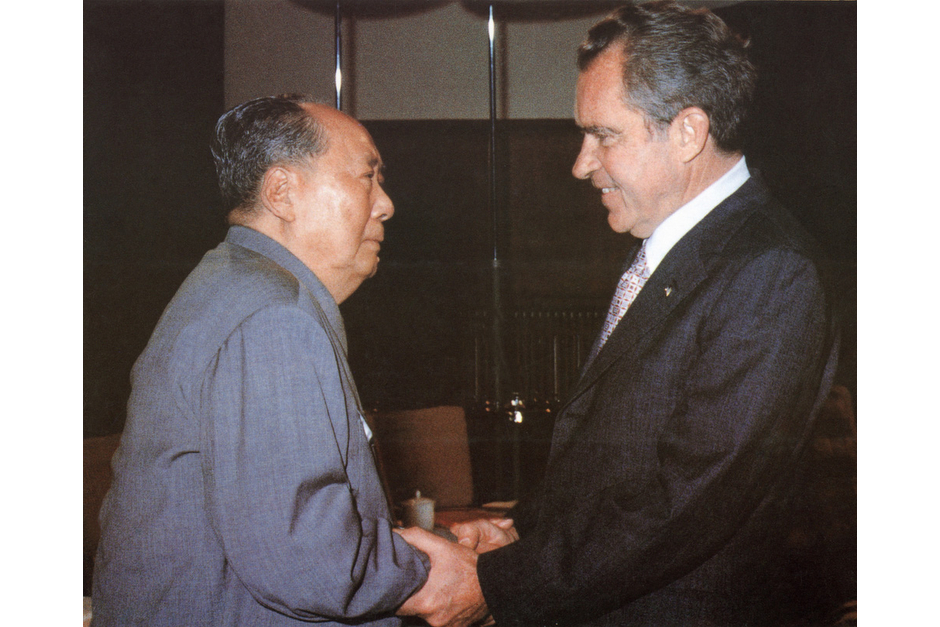
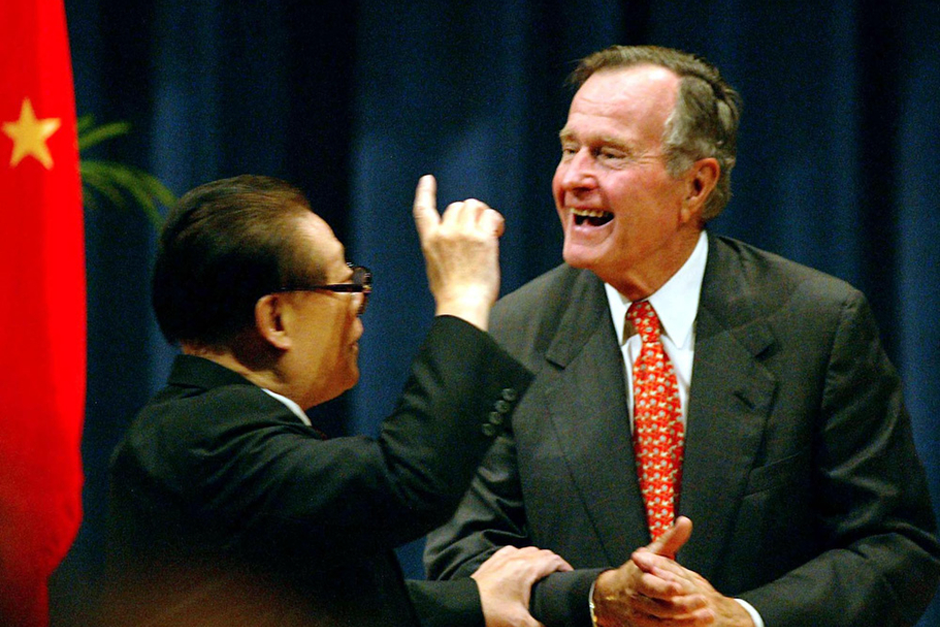
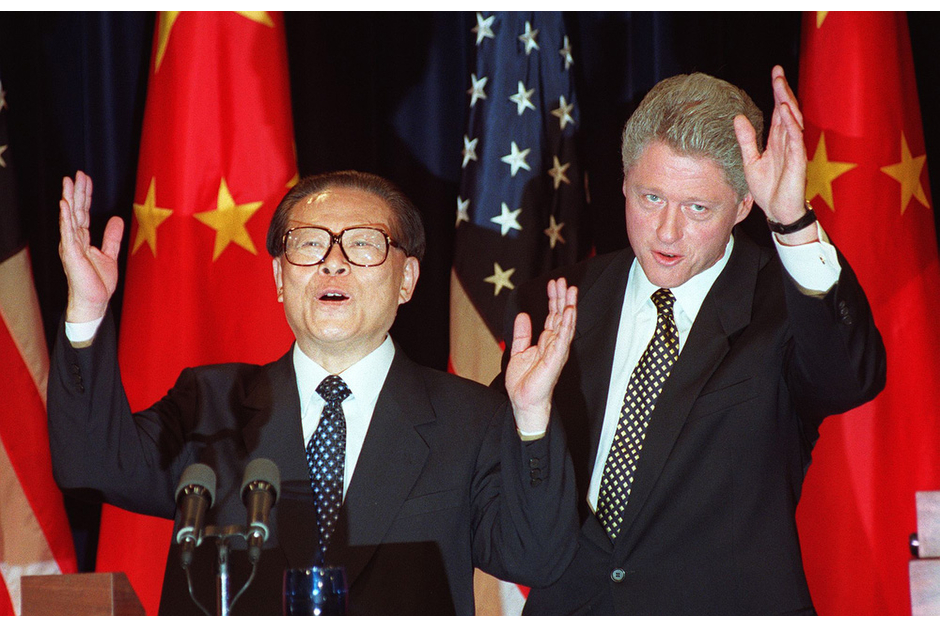
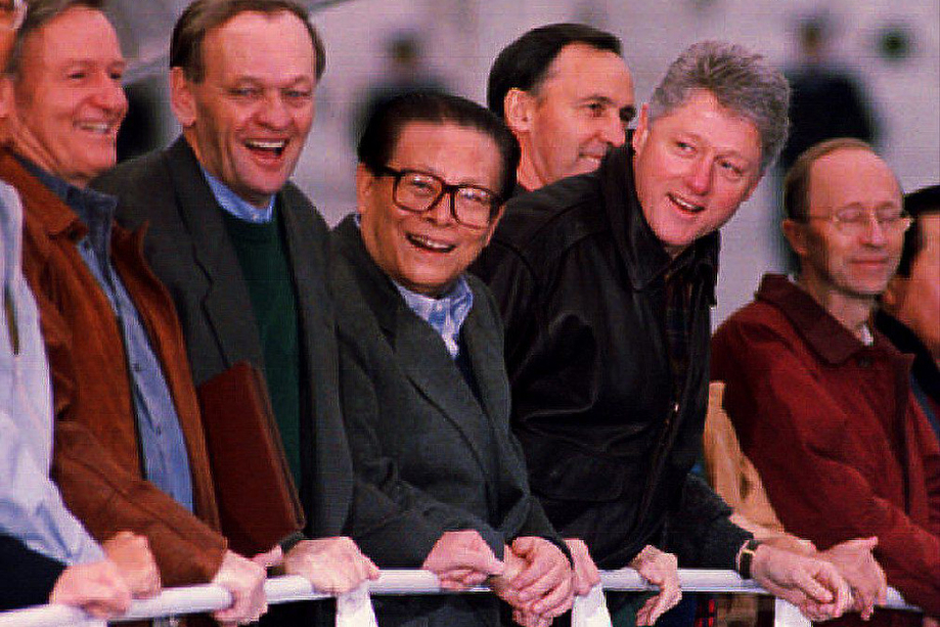
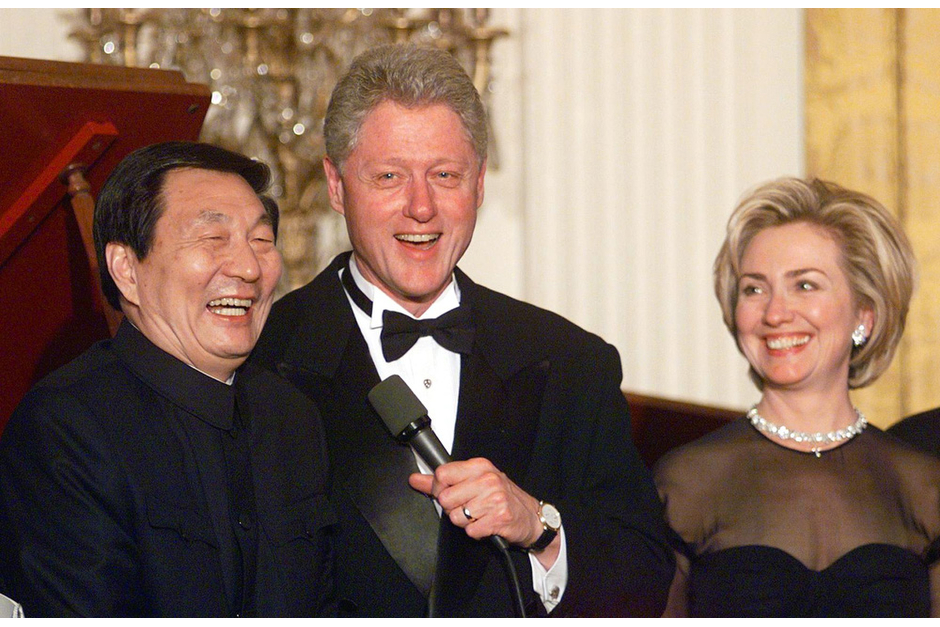
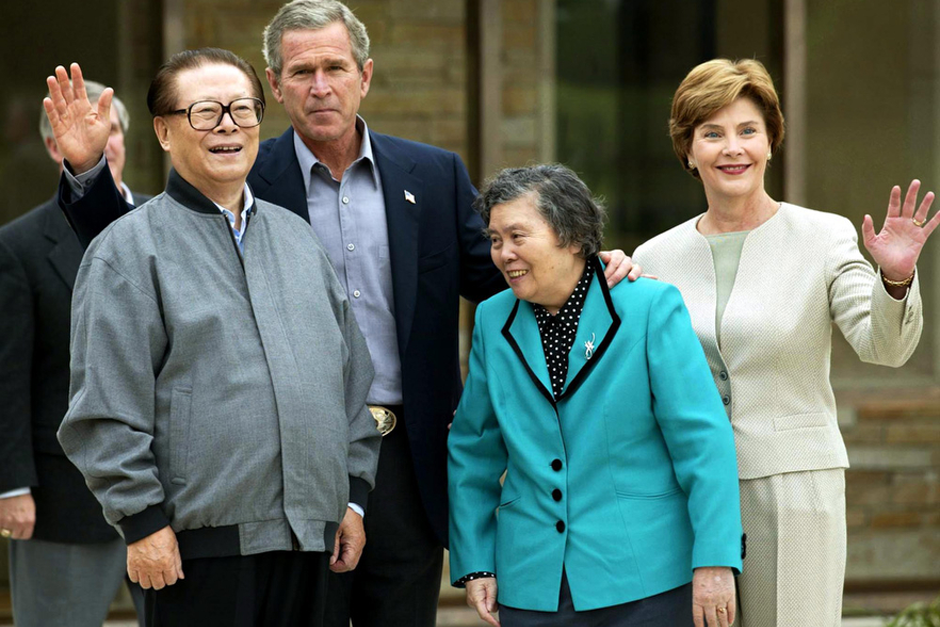
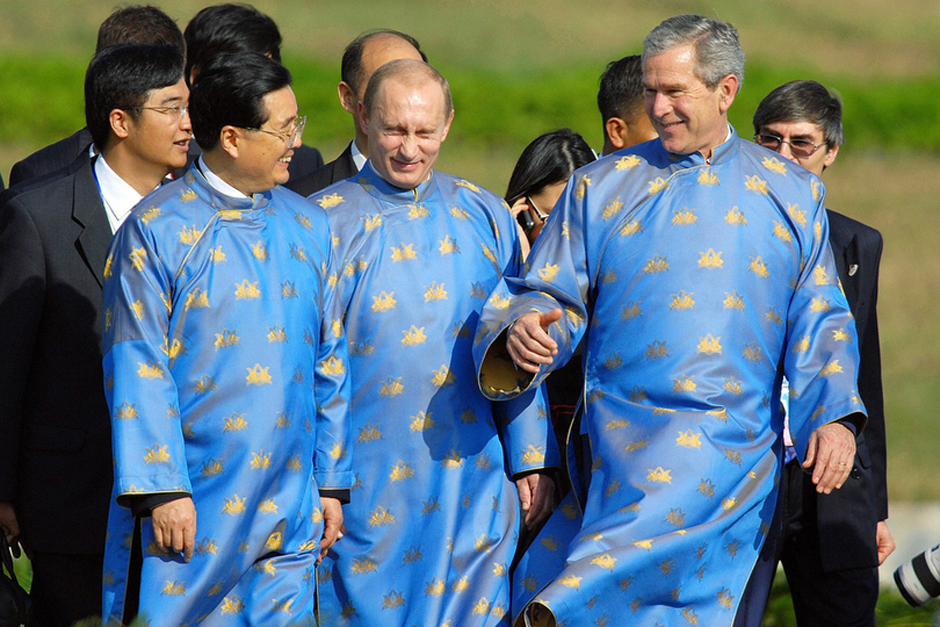
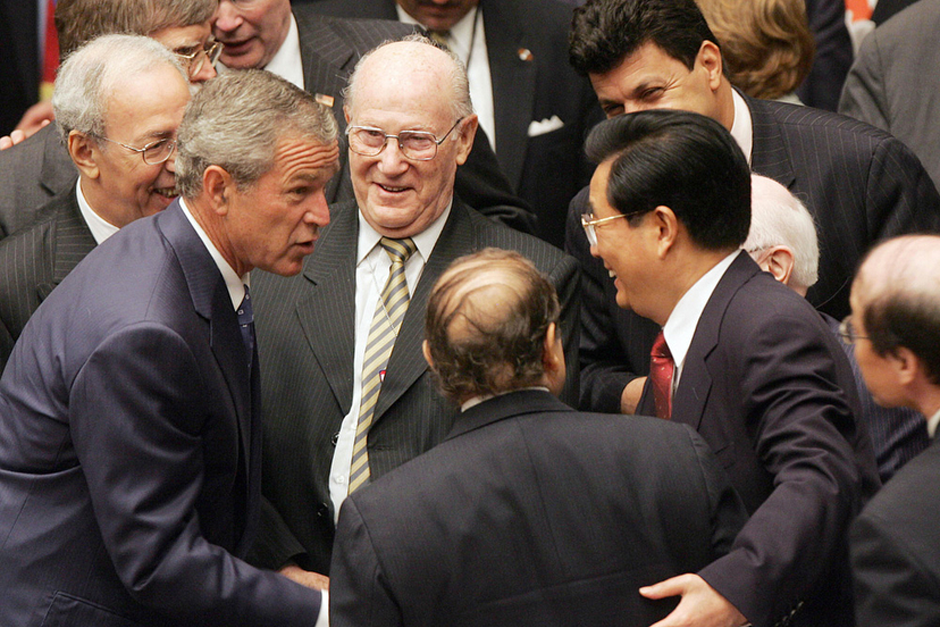
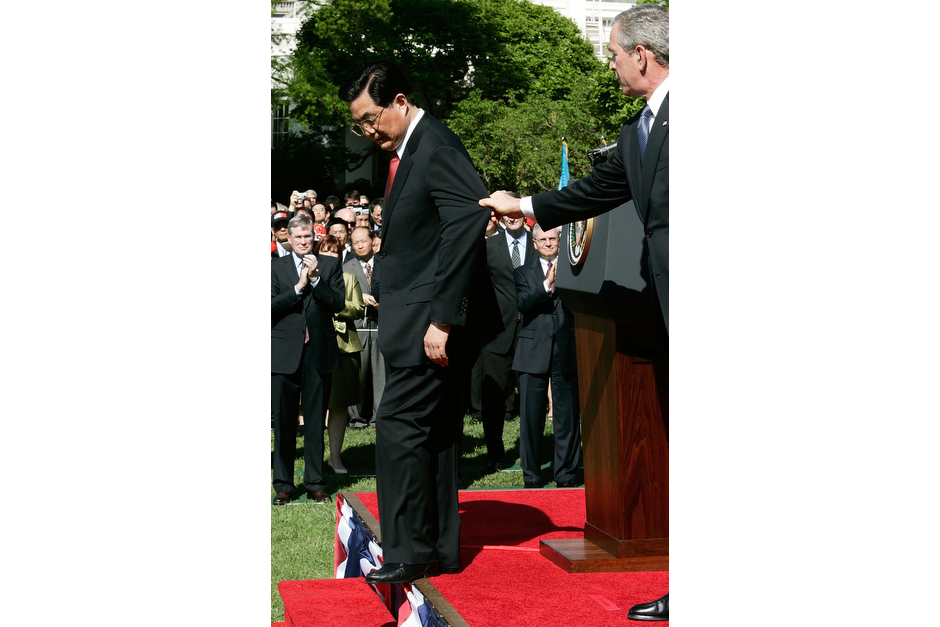
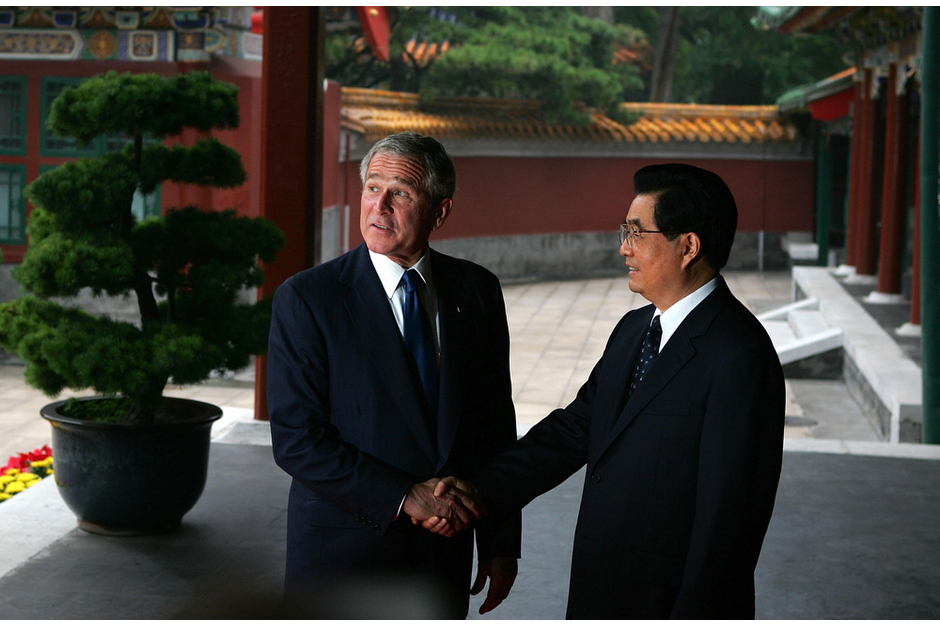
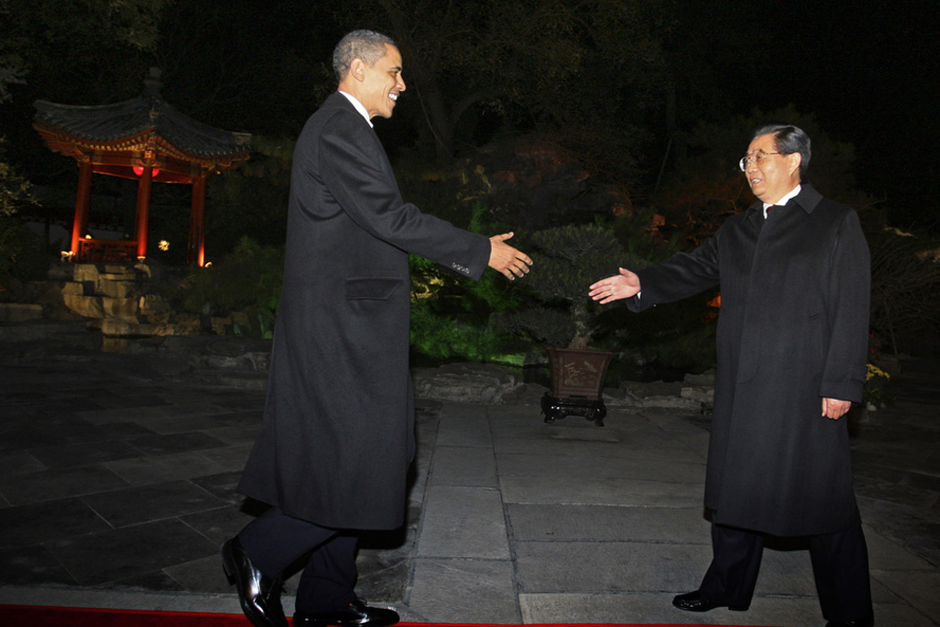
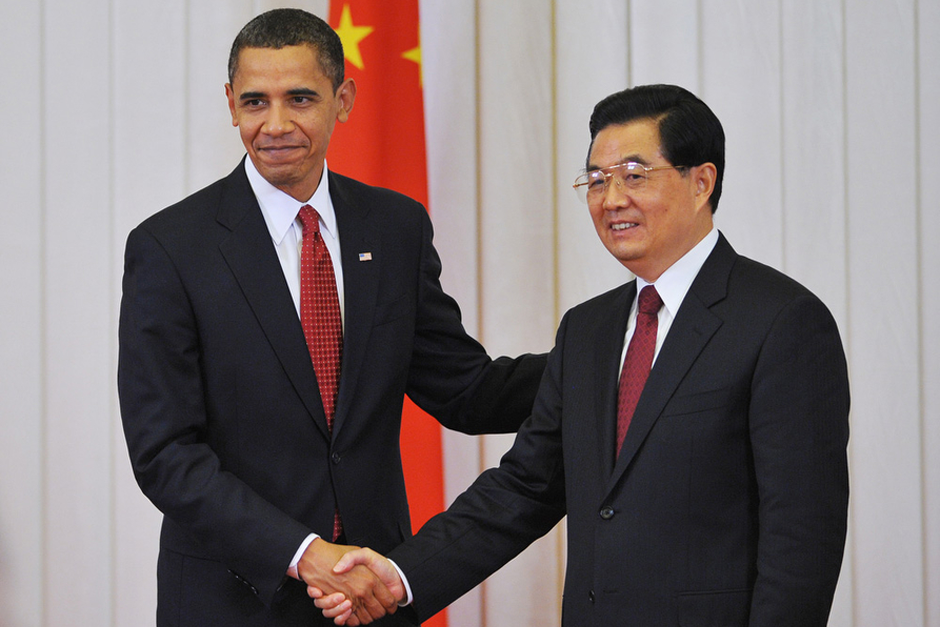
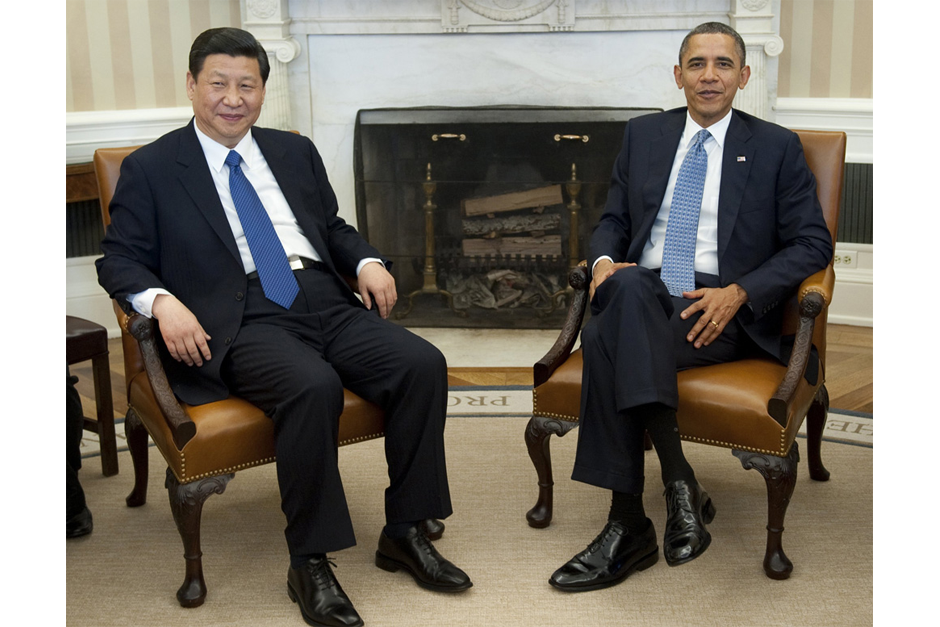
Comments
Two Way Street Comments
Select comments, translated from Chinese, in response to the Chinese version of this article on Financial Times Chinese:
BugsBunnyYourUncle: Mainstream opinion here is that China has the promise of becoming a great nation but the U.S. is constantly getting in the way. Chinese people are accustomed to didactic education and have a hard time accepting constructive criticism. The self-image that our civilization has inculcated over 5000 years makes Chinese people see critical voices from outside as “unfairly meddling in internal politics,” and not be kindly disposed towards those opinions. The majority of Chinese think that our economic development has put us one step away from becoming a great power, but few people recognize that in order for China to be respected as a great nation, we need to be able to take criticism!
data_analyst: Warren Buffet believes that the U.S.-China relationship will be the most crucial bilateral relationship in the future. But the harsh reality is that for America, attacking China is a key method of increasing its energy as it emerges from the bottom of its economic cycle. As the internal report “Policy Trends After the 18th Party Congress and the U.S. Presidential Election” shows, China is the U.S.’s adversary, not its partner. This will only become more apparent going forward.
FTNZ101: It's a not a question of a change in mentality. The U.S. is an extremely pragmatic country, and defending its own interests is its first priority. It’s also extremely active [in foreign affairs] and can’t tolerate any competition or harm to its interests in other countries or regions, no matter whether those interests are ethical and rational. Iraq, Libya, the Eurozone, Russia, and Iran are all glaring examples. Only nations with real economic and military clout can coexist peacefully with the United States. It’s obvious from the way the U.S. throws its military power around.
VulcanPoplar: The core of the new great-power relationship that China wants to establish with the United States is equality. But the U.S.’s expectations about what this relationship implies are transparent. Right now, there’s obviously a large gap between reality and expectation.
Yangjin-CASS: The U.S.-China relationship is the main spoke in China’s relationships with the great powers of the world. Developments in U.S.-China relations directly affect Chinese foreign policy and strategy. At the same time, U.S.-China relations can directly shape the landscape of international politics. Changes in the U.S.-China relationship during the Cold War had a profound effect on the balance of power in the world, and they continue to affect the whole world in the post-Cold War era. In the future, the importance and complexity of this relationship will become more and more obvious.
HONGHSU: With the U.S. feeling threatened by China’s advance, and Americans, particularly China scholars, always wringing their hands about it, U.S.-China relations can’t possibly improve.